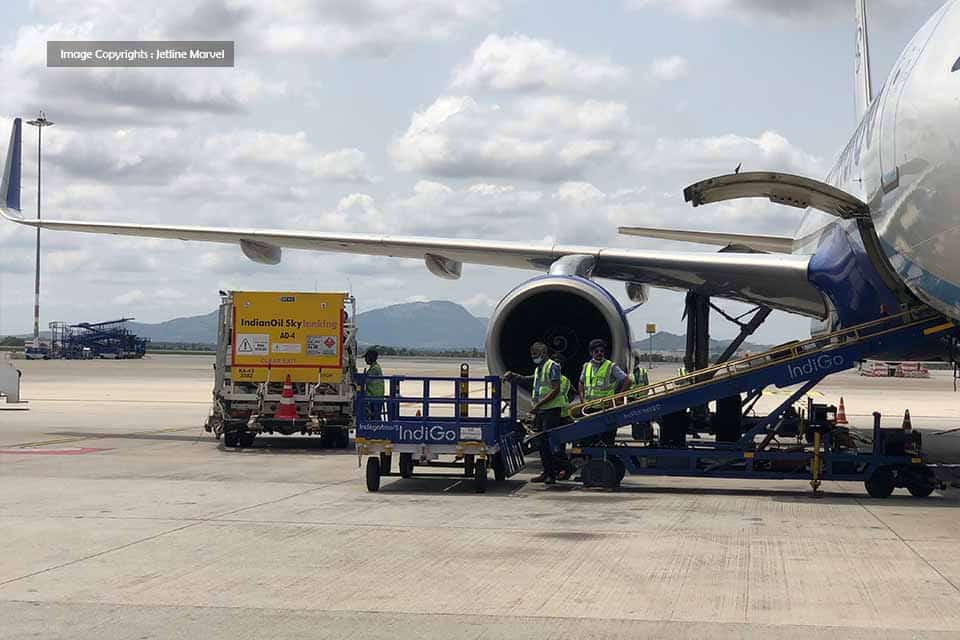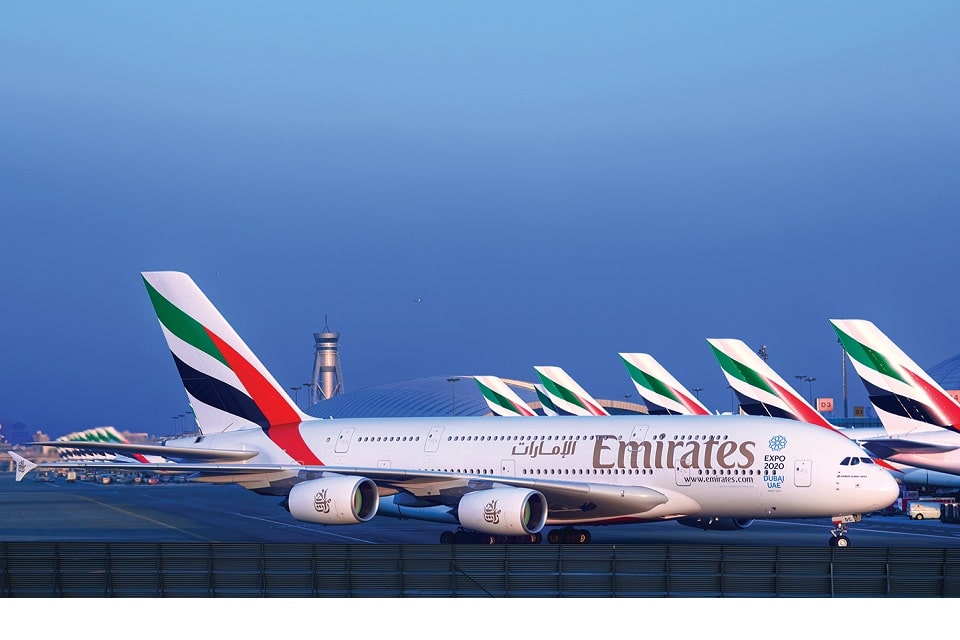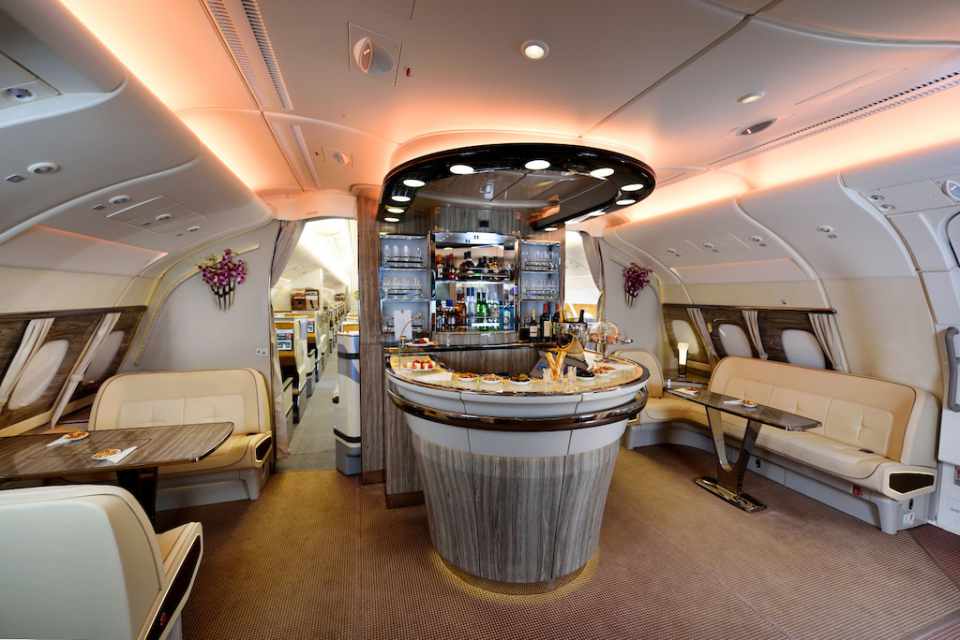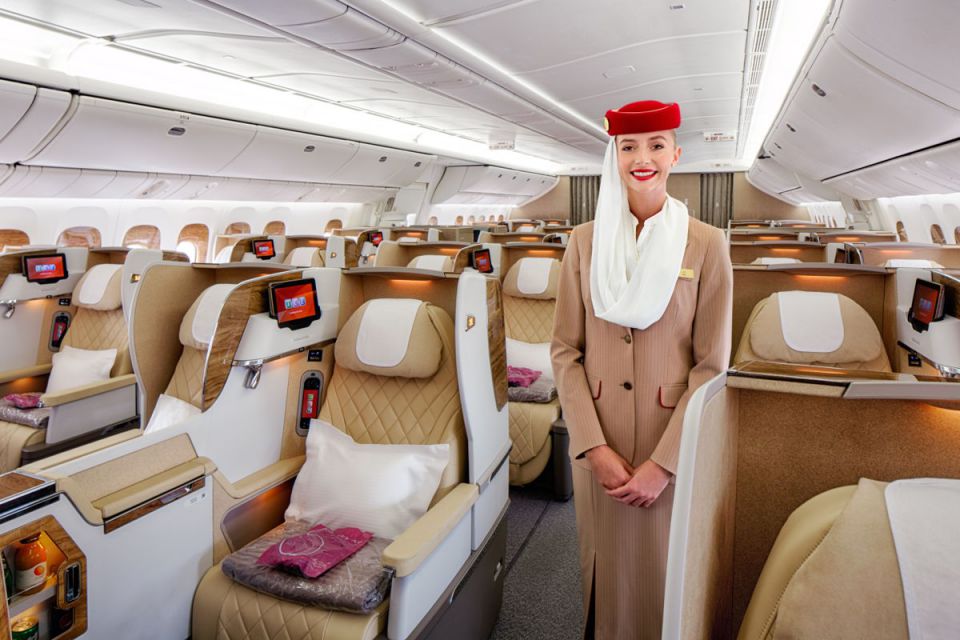Ground Handling & MRO
How do they do Aircraft marshaling ..!?

Flying machine marshaling refers to the visual correspondence between ground workforce and pilots keeping in mind the end goal to lead an airship to the right stopping position at an air terminal or aerodrome.
Marshaling is essential because numerous pilots have constrained vision both of the flying machine and of ground hindrances from the cockpit. The marshaller, consequently, controls the pilot to the stopping position in a sheltered way.
Marshaling is additionally utilized for setting up the flying machine for flight too. Airplane marshaling is for the most part done utilizing visual correspondence through body signals.
Headset and Marshaling Training video
Video courtesy : Aurion learning
Liked it ..?
Share with your friends and family

Aerospace
Emirates is unhappy after abruptly cancelling a flight at LHR airport.

constantly and collectively to protect our flight operations and ensure minimal customer disturbance, especially during high travel months
It is consequently deeply sad that LHR offered us 36 hours to comply with capacity cuts last evening, a figure that appears to have been snatched from thin air. Their letters not only specified which planes we should reject paying customers, but also threatened legal action if we did not comply.
These requests are completely ridiculous and unacceptable, and we reject them.
Our ground handling and catering operations at London Heathrow Airport (LHR) are managed by dnata. Emirates Group – are well prepared and competent of handling our flights. As a result, the crux of the problem is with the airport operator’s central services and systems.
Emirates is an important and consistent operator at LHR, having reintroduced six daily A380 flights beginning in October 2021. Our operating requirements cannot be a surprise to the airport after 10 months of consistently high seat loads.
They now want to force Emirates to reject tickets to tens of thousands of passengers who have paid for and booked months in advance their long-awaited package holidays or flights to see their loved ones. And this at the peak season with the forthcoming UK holidays, when many people are keen to travel following two years of pandemic restrictions.
Emirates is committed to doing the right thing for our customers. However, with all flights running full for the next few weeks, including at other London airports and on other airlines, re-booking the large number of possibly impacted passengers is unfeasible. To complicate matters further, 70% of our LHR customers are travelling beyond Dubai to see loved ones in far-flung destinations, and it will be tough to locate them new onward connections at short notice.
It is also unrealistic to move some of our passenger operations to other UK airports at such short notice. It is not as straightforward as locating a parking spot at a mall to ensure ground readiness for a widebody long-haul aircraft with 500 passengers on board.
The final truth is that the LHR management team is unconcerned about travellers and airline customers. All of the signs pointed to a robust travel comeback, and Emirates has been loud about it for months. We planned ahead of time to be ready to service customers and meet travel demand, including rehiring and training 1,000 A380 pilots in the previous year.
LHR decided not to act, plan, or invest. Faced with a “airmageddon” situation as a result of government incompetence and inaction, they are shifting the entire weight – of costs and the hurry to sort out the issue – to airlines and passengers.
The decisions of the London Heathrow management team should be scrutinised by the airport’s shareholders.
Given the enormous value that the aviation community generates for the UK economy and communities, we applaud the action taken by the UK Department for Transport and Civil Aviation Authority to request information from LHR on their response plans, system resilience, and the seemingly arbitrary cap of 100,000 daily passengers. Given that LHR handled 80.9 million passengers in 2019, or a daily average of 219,000, the cap represents a more than 50% reduction at a time when LHR claims to have 70% of ground handling resources in place.
Emirates intends to continue operating to and from LHR as usual till further notice.
-

 Travel1 week ago
Travel1 week agoAir India to Expand US Operations with Three New Routes After a Decade
-

 Travel2 weeks ago
Travel2 weeks agoWhy We Should Avoid These Stamps in a Passport
-

 Airlines1 month ago
Airlines1 month agoInvestigations Reveal Fake Chinese Titanium in Boeing and Airbus Jets
-

 Tech4 weeks ago
Tech4 weeks agoChina’s CATL Plans 1,800-Mile Electric Plane Launch by 2027
-

 Airport3 days ago
Airport3 days agoTop 10 Largest Airports in the World by Size
-

 Aerospace4 weeks ago
Aerospace4 weeks agoChina’s Fighter Jets Turn Wings into Autonomous Drones
-

 Airlines4 days ago
Airlines4 days agoAir India Rolls Out A350s for Delhi-New York JFK and Newark Routes
-

 Defence3 weeks ago
Defence3 weeks agoBoeing Enhances Chinook with New Engines and Block II Upgrades at $96 Million









